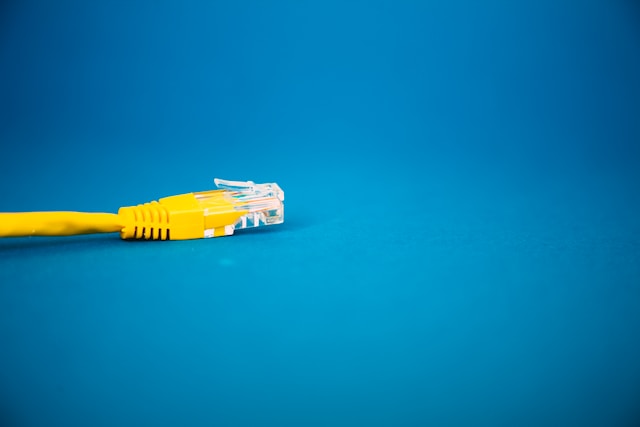In the realm of electronic connectivity, D-Sub connectors, also known as D-Subminiature or D-Sub connectors, have played a vital role for decades. Their distinctive shape and broad applications make them a go-to choice for various industries. In this blog, we’ll explore the world of D Sub connector, shedding light on their history, design, common applications, and why they remain relevant in a rapidly evolving technological landscape.
The Origin and Evolution of D-Sub Connectors
D-Sub connectors, short for “d-subminiature” connectors, were introduced in the mid-20th century by Cannon (now ITT Cannon), a company with a rich history in the development of electronic connectors. Their design features a D-shaped metal shell, which provides mechanical stability and ensures proper alignment during mating. These connectors initially gained popularity for their use in early computers and peripherals. Over time, they evolved into a standardized and versatile interface solution.
Design and Variations
D-Sub connectors come in a variety of sizes, including the most common 9, 15, 25, 37, and 50-pin configurations. The number of pins can vary depending on the application’s requirements. They can be found in both male (plug) and female (socket) versions, with male connectors featuring pins and female connectors having receptacles.
Key design features of D-Sub connectors include:
- D-Shaped Metal Shell: The characteristic D-shape ensures proper alignment and helps prevent the connector from being inserted upside down.
- Pins or Receptacles: The pins (male) and receptacles (female) facilitate electrical connections. The pin configurations can vary widely, depending on the application’s needs.
- Threaded Screws: Many D-Sub connectors feature threaded screws that secure the two halves of the connector, providing mechanical stability and ensuring a reliable electrical connection.
- Hoods: Hoods are often used to protect the connectors and cables from environmental factors and physical damage.
Applications of D-Sub Connectors
D-Sub connectors have found their place in a wide range of applications due to their durability, reliability, and versatility. Some common applications include:
- Computers and Peripherals: D-Sub connectors have a long history in the computer industry, connecting monitors, printers, and other peripherals. While newer interfaces have emerged, they are still used in specific scenarios.
- Industrial Automation: In industrial settings, D-Sub connectors are often used to connect sensors, actuators, and control systems. They are valued for their robustness and resistance to environmental factors.
- Aerospace and Aviation: D-Sub connectors are employed in various avionics and aerospace applications, ensuring secure connections in demanding environments.
- Telecommunications: D-Sub connectors can be found in network equipment and telecom infrastructure, where reliability is crucial.
- Medical Devices: They are used in various medical instruments and diagnostic equipment, where precision and durability are paramount.
- Instrumentation and Test Equipment: In laboratories and manufacturing, D-Sub connectors are widely used for data acquisition, measurement, and control.
- Consumer Electronics: Although less common in modern consumer electronics, D-Sub connectors are still used in some legacy devices and specialized applications.
Why D-Sub Connectors Remain Relevant
In an era of constant technological innovation and rapidly evolving interfaces, you might wonder why D-Sub connectors are still relevant. There are several reasons for their enduring popularity:
- Proven Reliability: D-Sub connectors have a track record of reliability and robustness, making them a trusted choice for critical applications.
- Versatility: Their various pin configurations and sizes make them adaptable to a wide range of applications.
- Cost-Effective: D-Sub connectors are often more cost-effective than newer, specialized connectors.
- Compatibility: They are still essential for connecting to legacy systems and devices.
Conclusion
D-Sub connectors have come a long way since their inception, remaining a steadfast choice for many industries. Their iconic D-shaped design, durability, and versatility have made them a staple in the world of electronic connectivity. As technology continues to evolve, D-Sub connectors will continue to play a significant role in various applications where reliability and proven performance are key.
